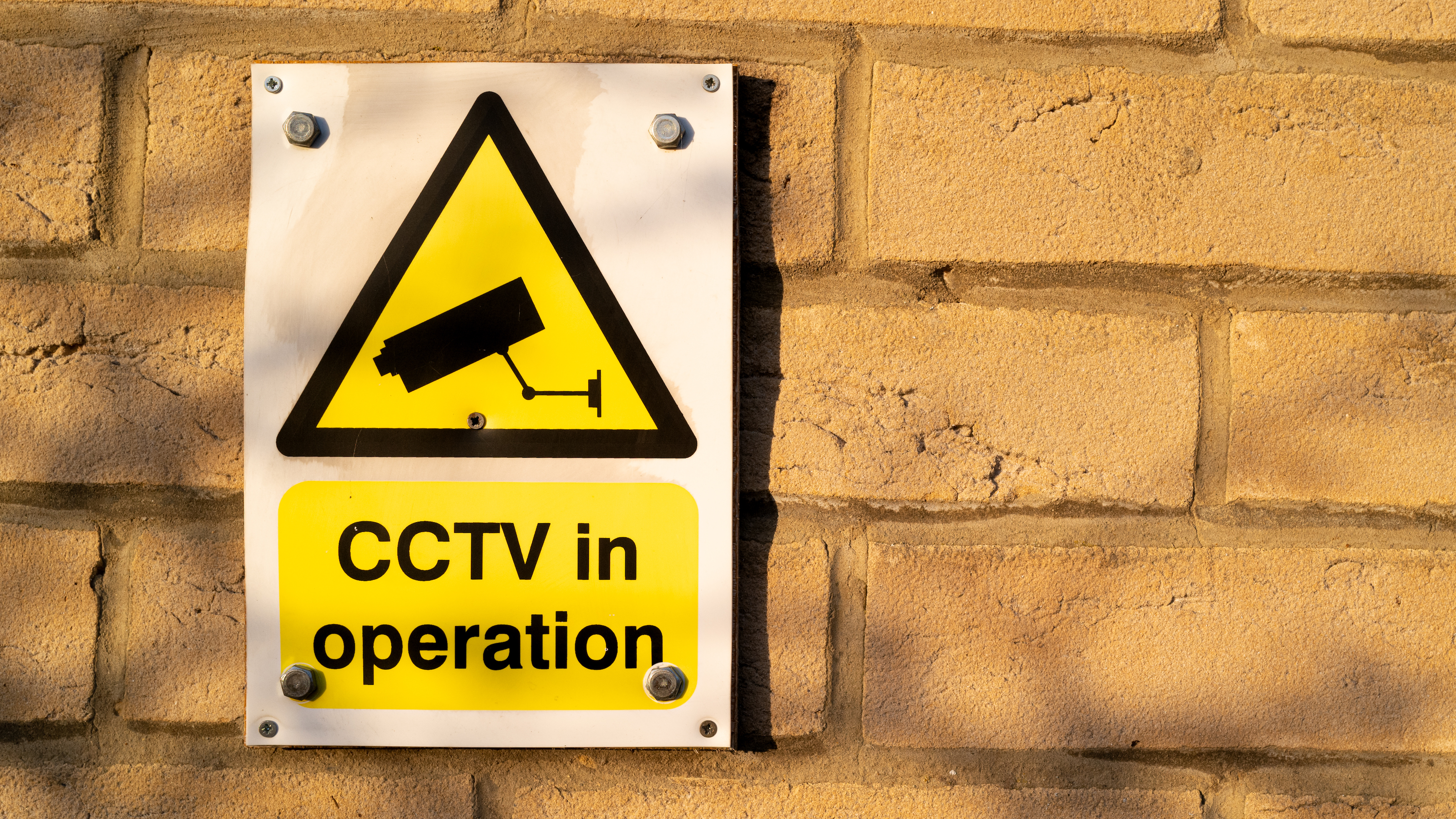How to anchor a pergola and prevent it from sustaining wind damage
Experts weigh in on how to weigh down your pergola using brackets and concrete footings
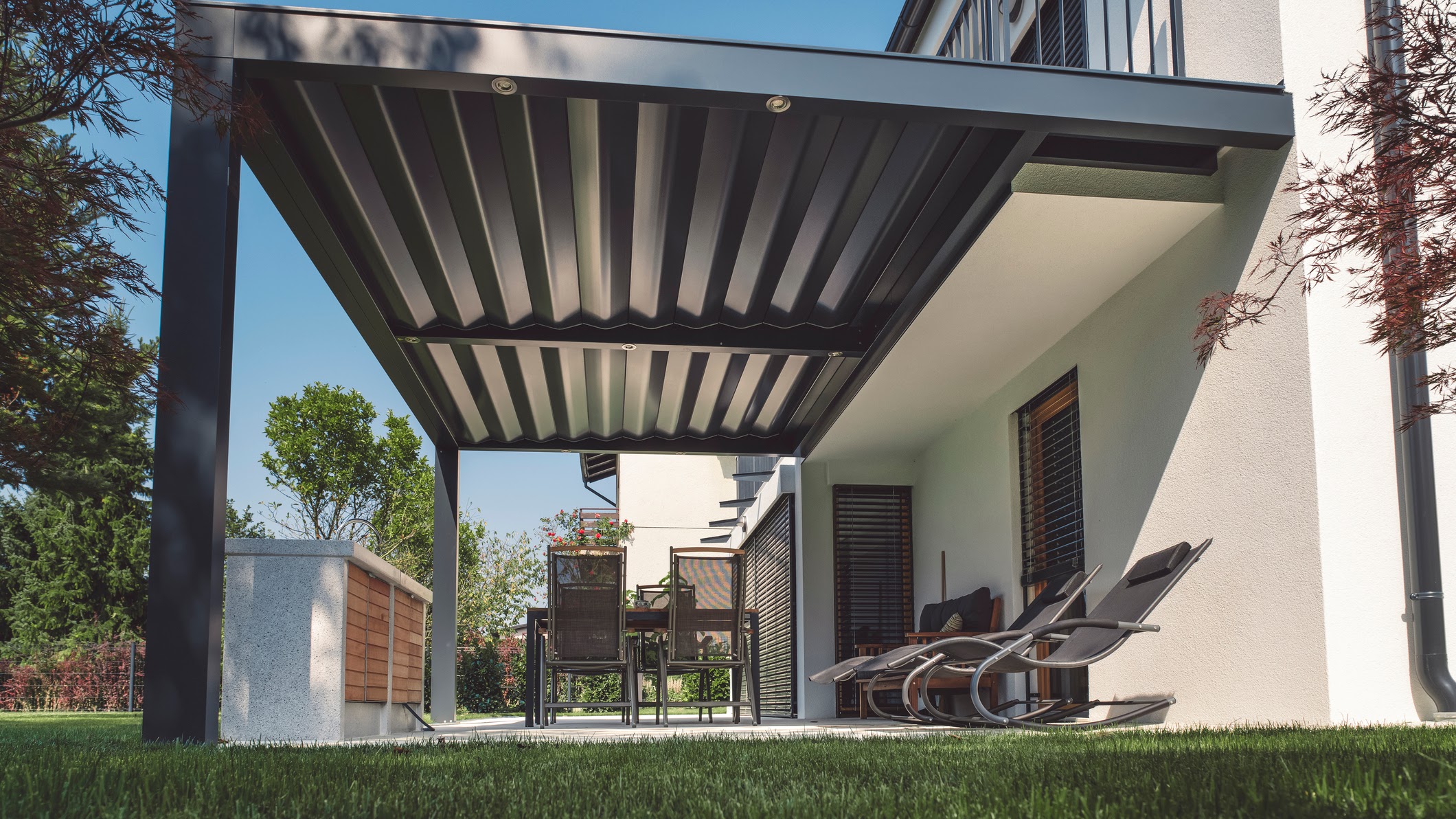
Anchoring a pergola is an important step to ensuring your garden structure doesn't get damaged when high winds strike.
Ensuring your pergola idea is appropriately fixed into the ground will help it last for many years – making it a stable place for plants to grow and memories to accumulate as well as being a safe environment to enjoy.
We asked pergola and landscaping experts to weigh in on how best to anchor a pergola, depending on its type, size and the underlying ground. Read on for their best practice advice and step-by-step guidance.
Different ways to anchor a pergola
Anchoring a pergola simply means to secure it to the ground. There are various ways of doing this, and the best method to use depends on a variety of factors, including the ground material (e.g. soil, concrete) and the weight of your pergola.
“The best anchoring method to use will vary with the type of surface,” says Matt Moniz, landscaping and gardening expert at Maverick Landscaping.
“I usually recommend using galvanized steel post bases on concrete patios and fixing the bases with expansion bolts or wedge anchors. You drill all the way into the concrete, insert the anchors, and then bolt the pergola posts to it. This will be very stable,” he adds.
“If you are working on soil or grass, you might instead set ground spikes or helical anchors, and it is a good idea to pour concrete footings below a frost line in a cold climate.
“But for a truly permanent installation, I would recommend digging holes for each post, usually 2 feet deep, filling the holes with concrete, and installing pressure-treated posts or post brackets; this way, the posts will not shift due to soil movement or heavy rain. If you are putting the pergola on paving or tiles, you will have to pull up a few paving slabs in order to pour [or add] small concrete footings beneath for solid anchoring without compromising the surrounding surface.”

Matt Moniz is landscaping and gardening expert at Maverick Landscaping. The company provides a variety of carpentry, landscaping and stonemasonry services.
Does every pergola need to be anchored?
Pergolas can create a pleasing balance of garden sunshade ideas in your outdoor space, as well as providing vertical and overhead growing room for pergola climbing plants such as wisteria, honeysuckle, clematis and rambling roses. These open structures can act as a beautiful focal point in the garden, or as a gateway between indoors and outdoors when built onto the side of a house.
Most pergolas will benefit from anchoring, because securing the structure into the ground will limit potential damage resulting from wind and other environmental factors. During strong winds, parts of an unanchored pergola may move slightly, potentially causing stress and weakening of beams and fixings. In extreme cases pergolas can blow over, posing a threat to surrounding people and structures.
With that said, some pergolas need more robust anchoring than others. Traditional-style pergolas often consist solely of beams or posts, and this open design means they’re relatively unlikely to blow away. Other pergolas have side panels for shade or privacy, and these structures may be more prone to catching the wind, which means sturdier anchoring is advisable.
Both the placement and material of your pergola will also have a bearing on its stability.
“A pergola may be subjected to very different forces and consequences in a sheltered courtyard than it would be in a back garden that’s open to wind or a coastal location where winds and salt accelerate wear, so exposure is a very big factor,” says Moniz.
“With wooden pergolas, especially those made from pressure-treated wood, you need to prevent moisture from wicking up from the ground, so elevating the posts slightly on metal post bases is key,” he adds.
“These bases can be mounted to concrete or set into footings. They help prevent rot and insect damage at the base of the post.”
Meanwhile, metal pergolas such as aluminum or powder-coated steel models usually come with prefabricated brackets or mounting plates that should be very securely bolted to the ground, according to Moniz.
“It is critical that all fasteners are chosen to be rust resistant – stainless steel or hot-dipped galvanized would be best – so that any anchor points don’t corrode away over the years and weaken the structure,” he says.
Please note:
Some pergolas are sold with materials required for anchoring. Always consult the manufacturer’s instructions and follow the available guidance where applicable.
These tools and materials will help you anchor your pergola
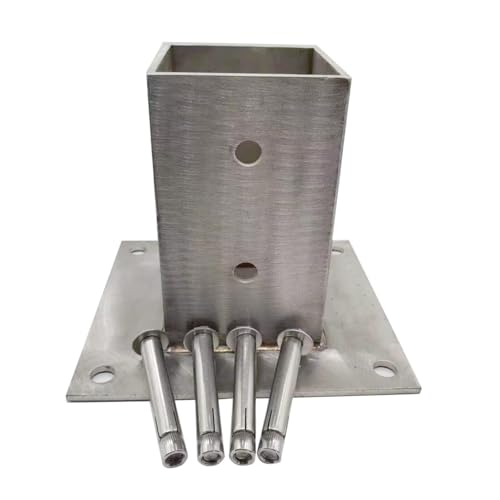
To anchor a pergola into concrete footings, you’ll need support brackets that fit around its legs. This set comes in a wide range of sizes and includes all the fittings you’ll need for anchoring.
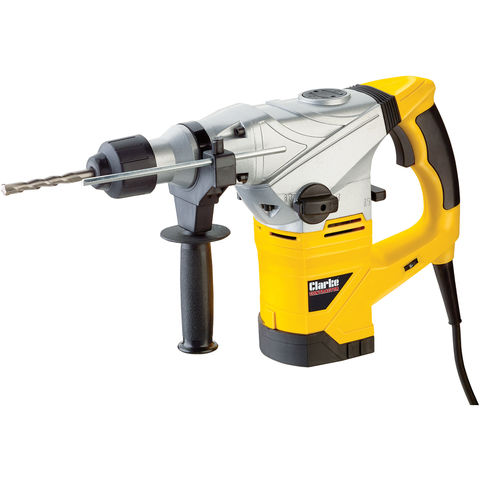
Drilling into concrete requires a powerful hammer drill. This is the model I use at home: a mains-powered, brilliantly priced SDS+ drill from Clarke, with a great selection of drill bits included.
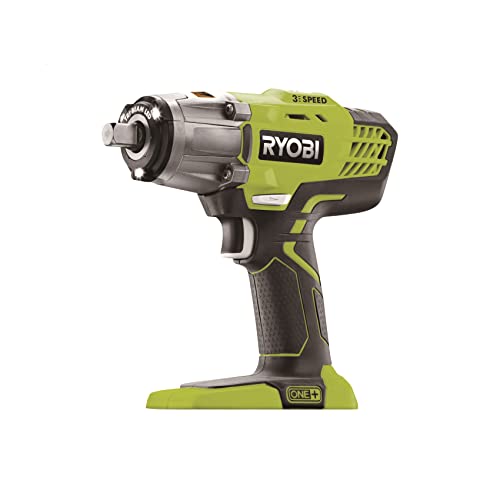
A good impact wrench will make it easy to bolt your pergola to concrete footings, even if the bolts are fairly hefty. Smaller bolts can be installed using an impact driver, which is not quite the same type of tool.
How to anchor a pergola into soil
1. Safety precautions
Anchoring a pergola usually takes place during installation. Pergolas are made up of heavy beams, which are often insecure during assembly and anchoring, so it’s important to take proper safety precautions during these processes.
Make sure you have enough people working with you to safely handle the components of your pergola, and that everyone is wearing suitable PPE such as a hard hat and steel-toe-capped boots. For a very large pergola, a small crane or winch may be required to move the beams – and in this case you’ll need expert help. Make sure other household members and pets stay well clear of the area during work on your pergola.

Andrew White is an outdoor expert at Harbour Lifestyle, a retailer of luxury indoor and outdoor furniture including metal pergolas.
2. Prepare the ground
“Getting a pergola properly secured starts with preparing the ground, and the method will depend on what type of ground you’re working with,” says Andrew White of Harbour Lifestyle.
"If you’re working with soil, it needs to be level and compacted, ideally with concrete pads [White recommends using 40 x 40 x 40 cm blocks] for each leg to secure to. These pads must be embedded at least 40 cm into the ground.
“Meanwhile, to anchor a pergola on a stone, concrete or block paving surface, you need to ensure the slabs or tiles are laid on a solid concrete bed to allow the use of expansion bolts,” he says.
Concrete footings to secure a pergola can be bought from builders’ merchants, or hardware retailers including B&Q. Some pergolas are sold with footings and fixings included, and in these cases the anchoring method should be specified by your retailer when it comes to where to buy pergolas.
Of course, if you have a concrete mixer like this electric model (£289.99, Screwfix) and you know how to use it, you can simply dig suitably sized holes in the ground and pour your own footings.
Check the positioning of your pergola’s legs carefully before carrying out this step.
3. Bolt together the pergola, support brackets and concrete footings
You can now fix together all of the components required to anchor your pergola. First, insert the legs of the pergola into support brackets and secure them in place (the fixings required to do this are often supplied with the brackets).
Next, move the pergola into position so that each bracketed leg is resting on one of the concrete footings. You should now be able to drill holes through the brackets using a high-powered hammer drill, then bolt the brackets into the footings.
With the pergola now anchored, you can cover the exposed areas of the footings with soil, paving or another material, as you see fit.
“When bolting the legs down, check that all fixings are tightened properly and recheck them after a few weeks, as settling can sometimes loosen them slightly,” White advises.
4. Check the pergola’s stability
Before using your anchored pergola, it’s important to make sure the structure is stable and therefore safe.
“Once the pergola is in place, give each post a firm push from different angles to check for movement,” says White.
“If there's any wobbling, go back in and tighten the fixings.
“Another good test is to hang some weight, like a few flowerpots, on the frame to see how it holds up. A well-anchored pergola should feel rock-solid, with no noticeable shifting,” he says.
FAQs
Is anchoring a pergola suitable for DIYers?
Some pergola companies offer anchoring with installation, so if you’re buying a new, ready-made pergola, you can ask whether the structure will be anchored as part of that service.
If you’re building a new pergola or want to make an existing pergola more secure, you might need to anchor it yourself (or pay a contractor to do the job for you, which can be expensive).
“Anchoring your own pergola is possible if you have some experience with tools, measurement and basic construction,” Moniz advises.
“The work can entail levelling, drilling, mixing concrete and pouring it, not to mention the possibility of using power tools like hammer drills or impact drivers. If you are confident in your DIY skills and the pergola is on the small side and somewhat sheltered, it can do well as a weekend project.
“However, for larger pergolas or in the case of anchoring into more challenging surfaces like sloped ground or old concrete, or where building regulations apply, I’m a strong proponent of getting a professional installer or tradesperson involved,” he adds.
Do building regulations and planning permission apply to pergolas?
You're unlikely to require planning permission for your pergola, and building regulations are unlikely to apply. These structures are generally considered as temporary outbuildings, and as such, they are not subject to the same rules as extensions, conservatories and other longer-lasting structures. However, planning permission may be required in certain cases – for instance, with pergola height next to a shared garden boundary.
Arguably, anchoring a pergola could call into question its ‘temporary’ designation, but in practice this does not appear to be an important factor.
Anchoring a pergola is a great way to ensure you can enjoy garden screening ideas in your outdoor space long-term, without going to all the effort of building a garden room. While you have your concrete footings and spade handy, you should consider concreting your fence posts too.
Get the Homebuilding & Renovating Newsletter
Bring your dream home to life with expert advice, how to guides and design inspiration. Sign up for our newsletter and get two free tickets to a Homebuilding & Renovating Show near you.
Pete Wise is a freelance writer and keen DIYer from Leeds. Pete's tool reviews have featured in titles including Homebuilding & Renovating, Ideal Home and The Independent. He also writes features and news articles for publications such as The Guardian, BBC Good Food and T3. When he isn't busy writing, Pete can often be found at libraries, pubs and live music venues. He finds tile-cutting strangely zen.

